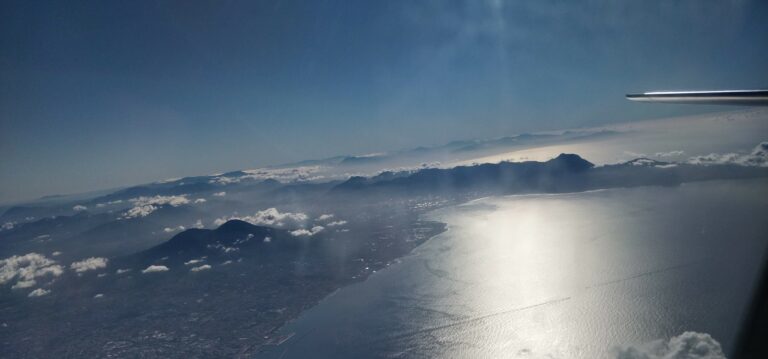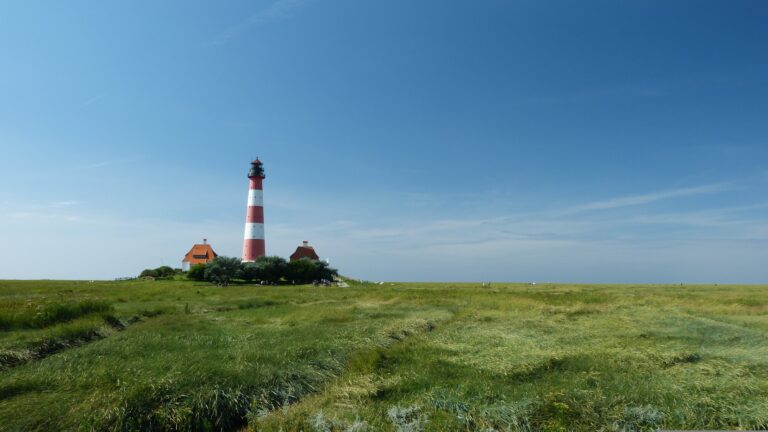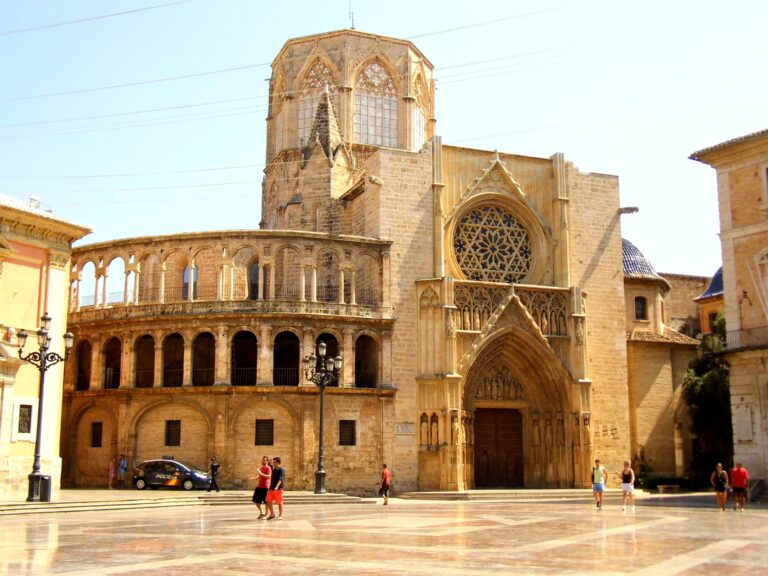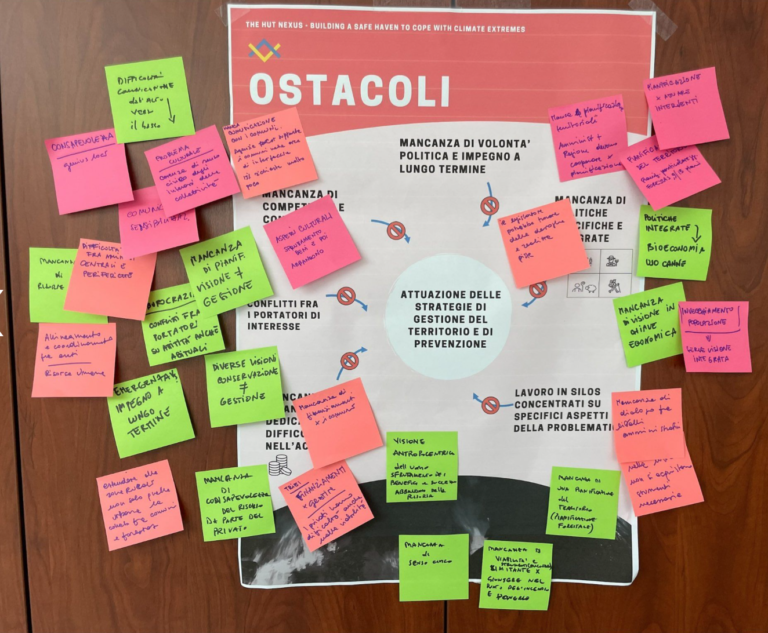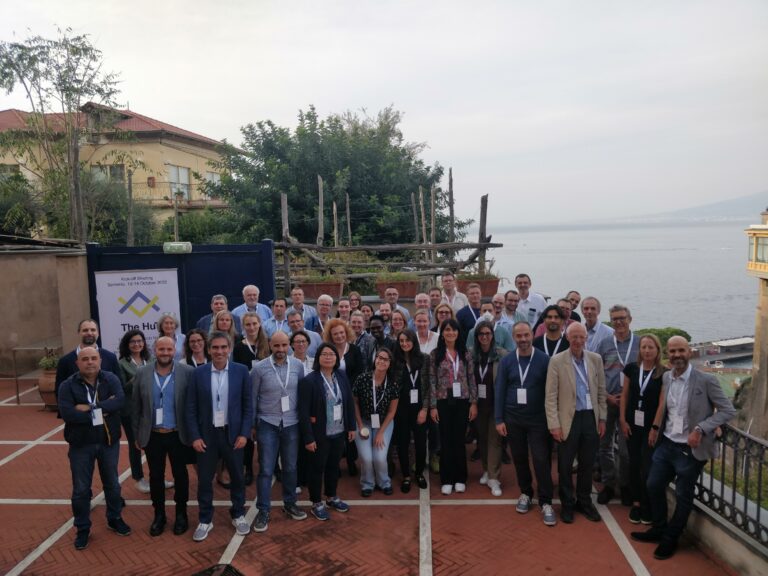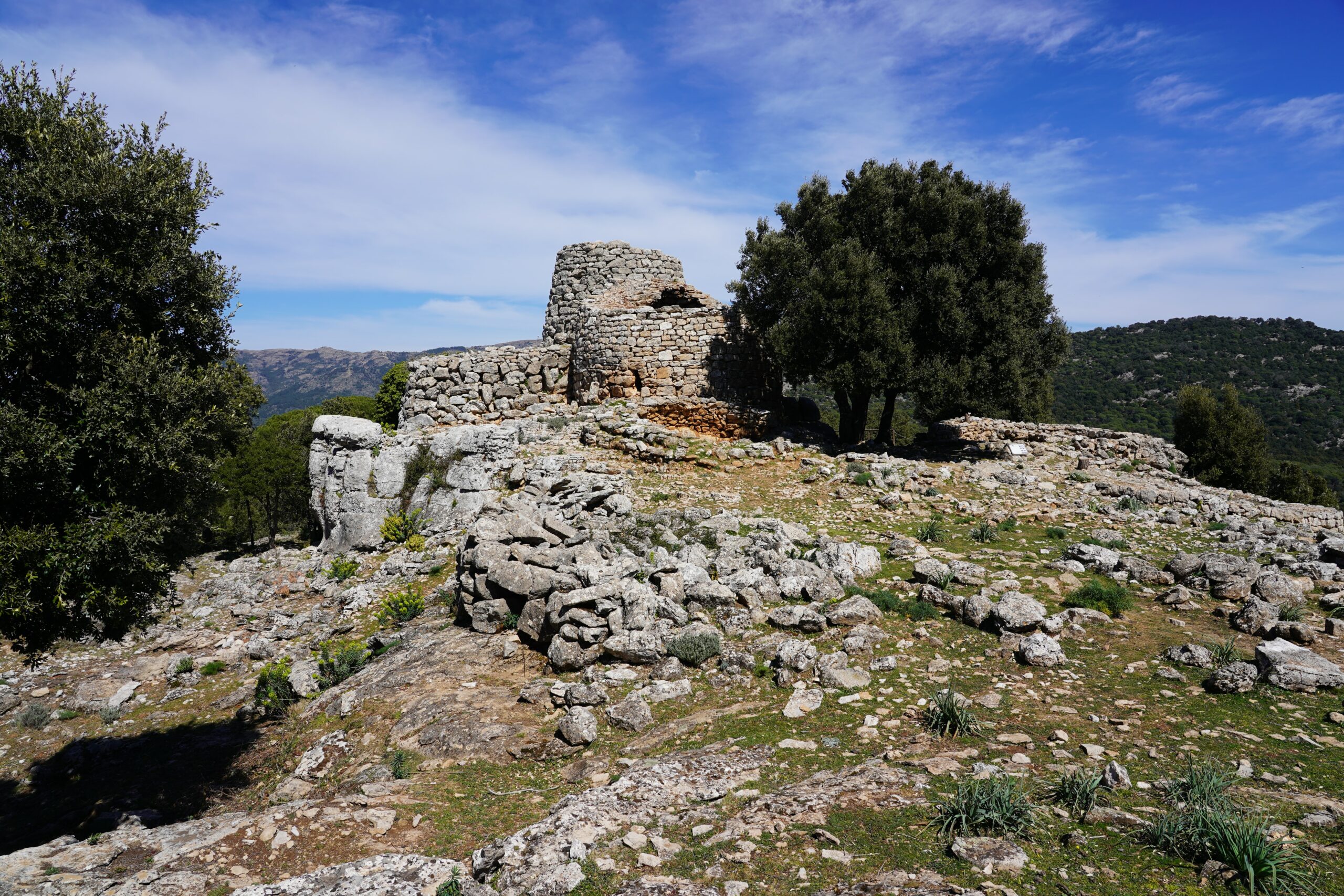
The area contains mainly forests and farmland. It is isolated and hard to reach but tourism has grown in the last decades. About 58,000 people live in Ogliastra but in the summer this figure increases ten-fold.
Investigated climate extremes
The area is affected by heatwaves, droughts and fires. Together, they have more negative impacts than each hazard alone. These compounding/cascading events threaten human lives, infrastructure, forest assets and ecosystem services, animal farms, entire villages, and tourism. In July 2019, multiple fires burned 600 ha within the urban interface, forcing about 5,000 people to evacuate. In 2021, the burned area increased by 250% compared to the 2008-2020 average in Italy. Similar features characterize many Mediterranean contexts.
Main needs
- To assist policy and decision-makers in setting out adaptation pathways that are effective in reducing the impacts and costs of fires applying science- based tools.
- To develop viable and fair strategies for integrating DRR and CCA, including early warning systems and nature-based solutions.
- To make stakeholders more aware of the risks (e.g., tourists unfamiliar with forest fires).
